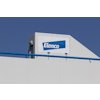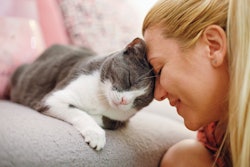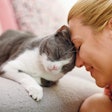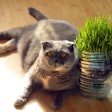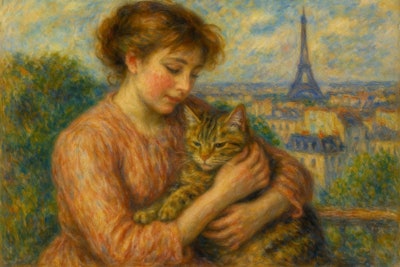
The lasting lesson from the COVID-19 pandemic — and possibly a business or marketing model for pet food and other consumer brands in 2026 — is resilience, according to experts at Mintel, the research firm. “Brands can help consumers feel like they can persevere,” said Joel Gregoire, associate director for food and drink, Canada Mintel, and Melanie Zanona Bartelme, associate director, Mintel food and drink, during a November 18, 2025, webinar on 2026 global food and drink predictions for the U.S. and Canada.
They shared data showing percentages of North American consumers saying they’re very concerned about issues including rising prices (from inflation and tariffs), the economy overall, changes to government spending or policies, world affairs or climate change; the percentages ranged from 40% to 66%, amounting to what Gregoire and Zanona Bartelme called a “polycrisis.”
Their data and analysis echoes that of other market research firms and experts. In their own webinar, Innova Market Insights likened the current consumer vibe to 2008, a similar period of economic uncertainty, stress and anxiety. Hence, the overall theme of their top 10 food and beverage trends list for 2026 was “designing for how people feel”; and the number seven trend was “worth every bite,” addressing the need for products to “offer value and affordability during these times when economic pressures are palpable.”
Rising pet food prices a challenge for pet owners
This need extends to pet food and pet care, of course. “Economic uncertainties are a growing headwind for the pet care industry,” said Sahiba Puri, global insight manager for pet care at Euromonitor International, in a recent press release. “Despite the industry’s relative resilience exhibited in the past, consumer patience is wearing thin as continuing pricing pressures are stretching consumer wallets.”
Puri also presented data during Petfood Forum Asia 2025, held in Bangkok on October 29, showing how sales growth in the premium pet food category is slowing, even in fast-developing markets like Asia-Pacific. In that region (as in others worldwide, she said), data indicate more pet owners than non-owners are more likely to say they would prefer to buy fewer but higher quality things. “Premiumization comes at the cost of the amount of volume that can be moved at a higher price,” Puri explained.
Going back earlier in 2025, a Packaged Facts survey of U.S. dog and cat owners showed 68% are somewhat or very concerned about rising prices of pet food, with 42% saying they’d been challenged by the high cost of pet food over the previous 12 months. Anywhere from 14% to 30% said they had switched the pet food products they were buying due to high prices or inflation. (Unsurprisingly, the percentage depended on income level; owners with higher incomes were on the lower end of the switching spectrum, while those with the lowest incomes were on the higher end of the range.)
The nostalgia factor: Is there a play in pet food?
Besides seeking value and more affordable products, consumers are also turning to nostalgia, at least with human foods and beverages, in these anxious times. “Every time we go through a difficult time, we lean on nostalgia,” said Zanona Bartelme during the Mintel webinar.
Her company calls this idea “retro rejuvenation,” while Innova’s trend for the same concept is “crafting tradition.” From Innova’s perspective: “Food heritage is driving choice by offering comfort, identity and authenticity in uncertain times.”
In either case, it refers to consumers paying attention to traditions, looking to the past, but also seeking to improve on them with modern technologies and other changes. And both research firms keyed on millennial consumers especially (and interestingly) with this trend. According to Mintel data, 77% of U.S. consumers ages 25-34 surveyed said they agree that they enjoy products that remind them of the past; it’s 70% for Canadian respondents. And, with the next oldest age group, consumers ages 35-44, 71% of U.S. consumers and 67% of Canadians agreed.
“Millennials balance nostalgia and novelty, embracing global flavors, modern twists on classics and adventurous profiles that still feel recognizable,” Innova said.
Does this trend possibly have a play in pet food? Perhaps; maybe it was predated by the marketing push several years ago for “ancestral diets” that supposedly were closer to what dogs and cats would eat in the wild. (If they were wolves and wild cats, which they aren’t.)
Today, the growing interest in pet foods that are less processed than traditional kibble or wet products may be somewhat analogous to consumers leaning into the past when it comes to their own food — though I don’t think anyone would advocate for pets to once again be fed table scraps. (Or continue to be fed that way in some parts of the world.
Still, pets are definitely part of the family, a key feature and symbol of the comforts of home, so it may make sense for some pet food and treat brands to explore the nostalgia factor. As they’re also evaluating their pricing and premiumization strategies.


